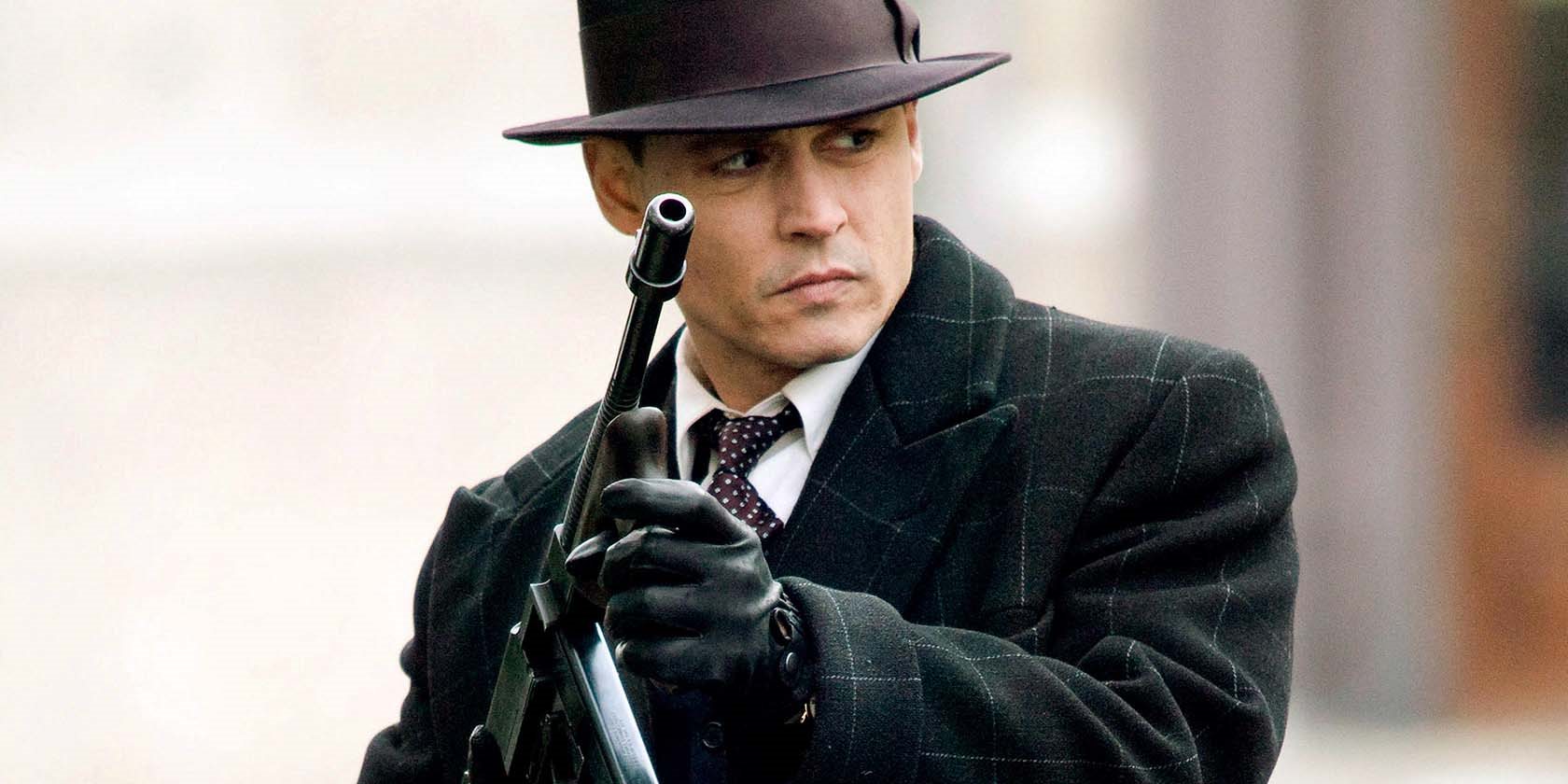Mafia, Gangsters, and the Movies

Gangster movies always provide good entertainment to cinemagoers engulfed in the movie house darkness. Who does not remember the iconic scene from The Godfather (1972) where film producer Jack Woltz wakes up finding, at the foot of his bed, the cut off head of his best racehorse?
Or take the movie Scarface (1983) where we meet gangster Tony Montana, played by Al Pacino, who in the final scene says, “Say hello to my little friend” just before he goes berserk with his machine gun – aka ‘his little friend’. The movie was directed by Brian de Palma and soon achieved cult status. Not least because of the expression “ya-yo for cocaine that soon became slang in gangs and other criminal environments.
But taking a second glance, one cannot help but ask why moviegoers throughout the years have lined up for films like The Godfather I-III (1972-1990), Scarface (1983), and Eastern Promises (2007). These are all movies that excel violence, murder, drug dealing, and prostitution – subjects most of us find immoral.
Nonetheless, Hollywood has succeeded in creating a picture of a criminal mob full of antiheroes who have no fears. And according to the Italian writer and journalist Roberto Saviano, this is exactly how the mafia wants to see itself. It might very well be the reason why many gangsters, including Al Capone, El Chapo, and the modern Russian mafia, all have shown great interest in creating movies about themselves and their work. “A big gangster movie has to avoid the more bestial moments of violence. It must show a boss who treats women and children with respect,” Roberto Saviano wrote in an article published in the Guardian a couple of years ago.
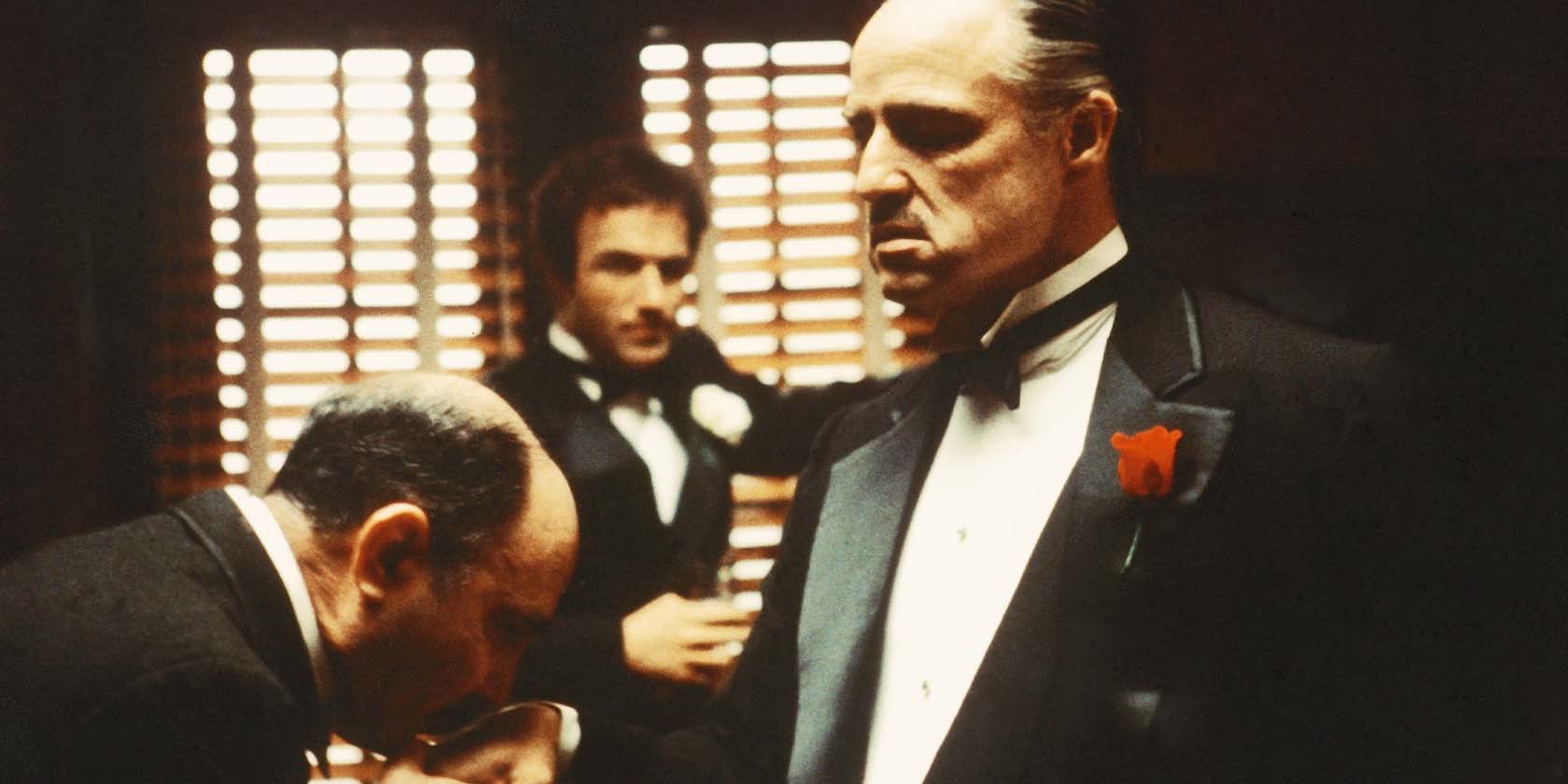
TOP-5 mafia movies
The Godfather (1972)
One could therefore argue that making a list of the five all-time best mafia movies is also drawing a picture of how both we and the gangsters see themselves. Predictably, but undeniably, we must mention Francis Ford Coppola and his 1972 movie The Godfather starring Marlon Brando as Vito Corleone, head of the Corleone family. Not many know that the term Godfather was coined in the movie and only later picked up and used amongst the Italian-American mob families. Furthermore, members soon began wearing respectable black suits and dark glasses – just like Marlon Brando does in the movie.
Scarface (1983)
A movie by Brian De Palma starring Al Pacino as Cuban exile Tony Montana. The audience follows the life of Tony as he climbs to the top of the Miami mafia through the means of murder, drugs, and corruption. And who does not remember Al Pacino’s line ‘Say Hello to my little friend’, before he throws himself and his machinegun into a massive shootout with his enemies. Despite its marvellous screenplay written by Oliver Stone, the movie was not well received by critics. Nonetheless, Scarface soon achieved cult status.
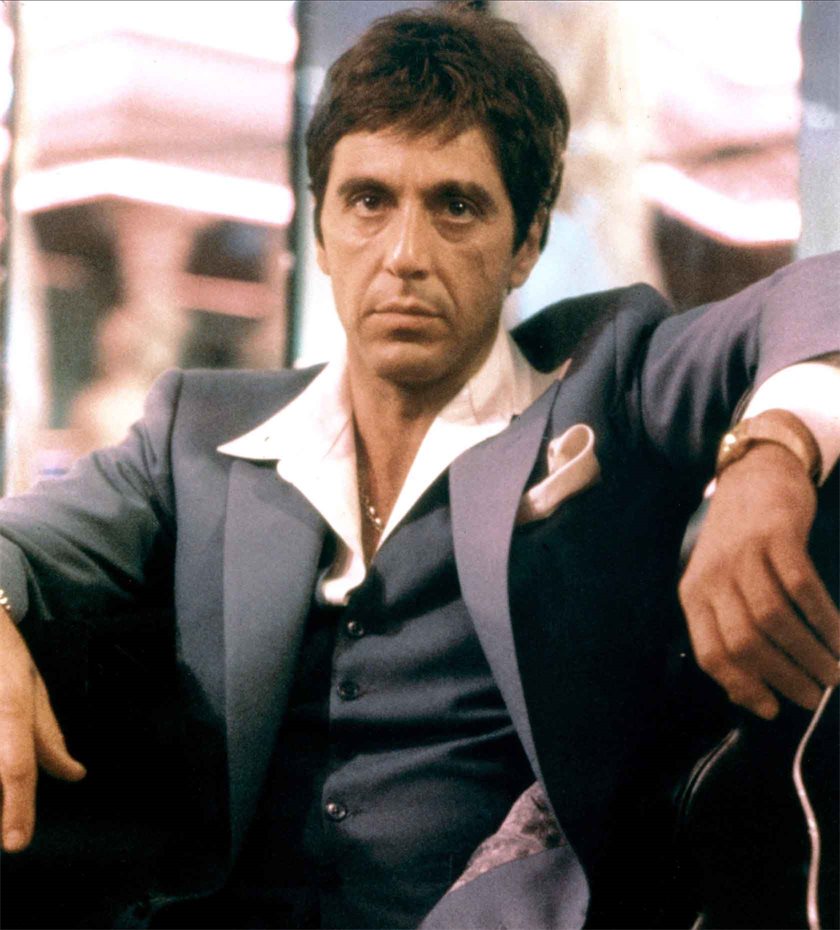
Pulp Fiction (1994)
This masterpiece by Quentin Tarantino brought about the comeback of the star actor, who had seemed to burn out after Grease and Saturday Night Fever: John Travolta. Besides, Pulp Fiction was the breakthrough for Samuel L. Jackson.
Pulp Fiction is the story of two gangster henchmen, a boxer, a gangster’s wife, and a couple of petty criminals who gets mixed up in the movies four tales of violence and salvation. To many opinions, this is one of the best movies by Tarantino, a director known for mixing genres, drawing especially on gangster movie tradition, cartoon violence, and comedy. Pulp Fiction was a huge audience success, which probably has to do with its ground-breaking way of mixing violence with fast, funny, and, at times, absurd dialog sprinkled with a ton of pop-cultural references. But what really make Pulp Fiction special is the way it – just like the inner workings of our own memory – jumps easily back and forth in story line. Today, many directors use flash-backs and flash-forwards, but back in 1994 this was a completely new way of telling stories on screen.
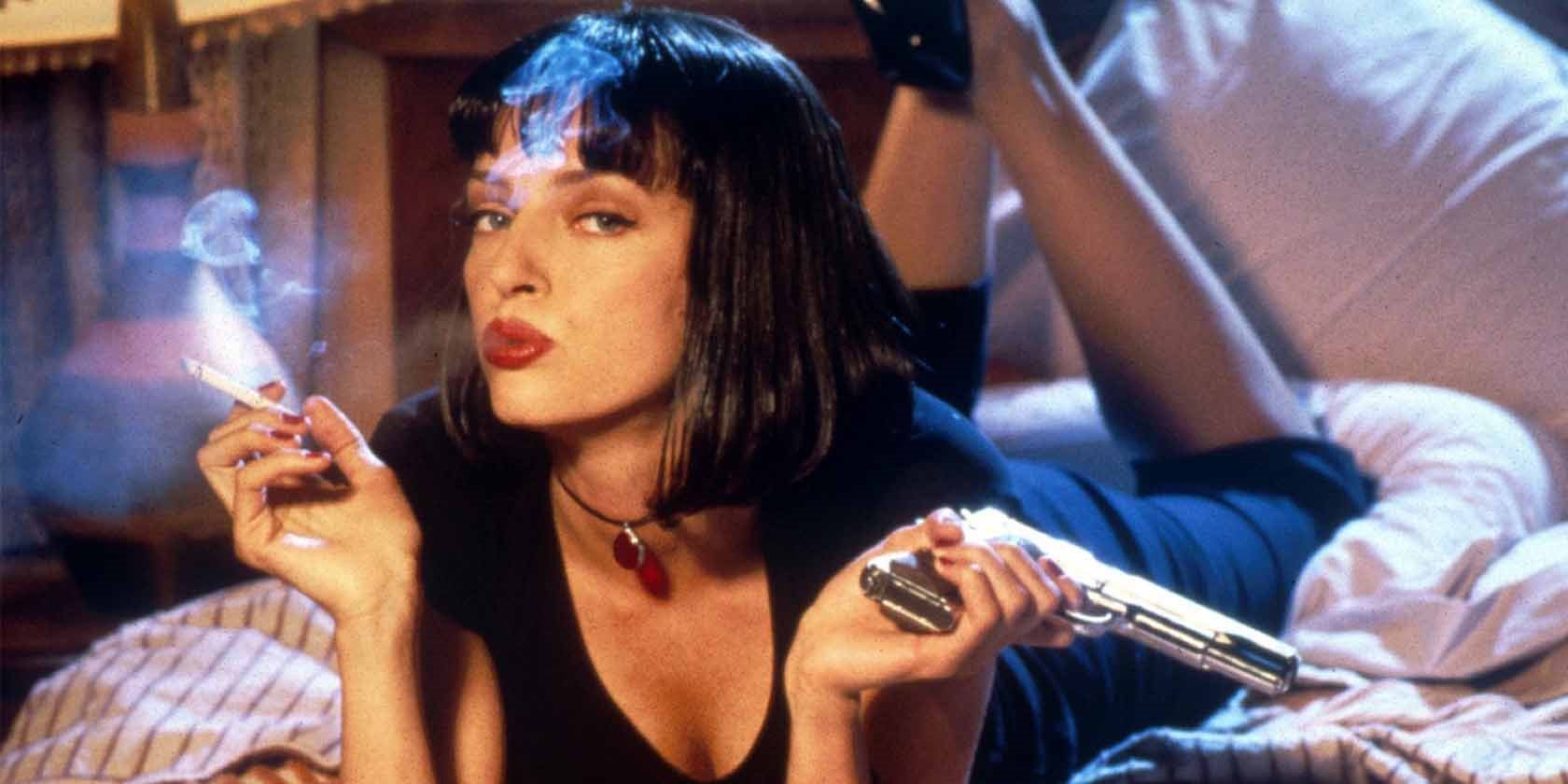
Eastern Promises (2007)
David Cronenberg’s depiction of a Russian mafia in London, told brutally, cynically, and with a small spark of hope. The young midwife Anna Ivanova (who has Russian roots) comes inadvertently across the mafia as she delivers the child of a young Russian teenage girl. By reading the girl’s diary she sets out to find her family, but with no luck. Instead, the diary reveals that the child’s father is a mafia leader. And so, the drama begins. Viggo Mortensen and Vincent Cassel play the lead characters: Mortensen as the driver Nicolai, who also takes care of the shadier – that is more violent – side of the family business. Cassel plays the maladapted mafia son. Viggo Mortensen rises in rank but is (alas!) betrayed. Fortunately, this leads to the iconic fight scene in which the naked Mortens beats two Chechen mafia soldiers at a bathing facility.
The film is a phenomenal portrait of the high code of honour that emerge in families surrounded by criminality, murder, and brutality. But everything is put into perspective by the hope that follows in the wake of Ivanova, the young midwife. On one hand, we have murder, on the other: new life.
Public Enemies No. 1 (1+2 – 2008)
Director Jean-François Richet’s portrait of the most famous French gangster, Jacques Mesrine, is a French Bonnie and Clyde drama. Young Mesrine is bored to death living with his petty bourgeois family in the outskirts of Paris when he starts working for Guido, a big-time gangster. This turns out to be the beginning of violent “carrier” that ends in a rain of bullets in Paris 1979.
Through the 60’s and until his death in 1979 his life does not show much but robberies, murder, and kidnappings. He conducts more than one spectacular prison break attempt, and when he as a wanted criminal goes into exile in Canada, his activities spread to multiple continents. And when he finally returns to France, he does so risking his life. Nonetheless, he succeeds in avoiding the police again and again. In the end, the French population comes to see him – and maybe even admire him – as a hero, despite of his impressive register of sins.
Sometimes a character in a movie is so perfectly cast that you think he or she was born for the part. This is the case with Vincent Cassel in Public Enemy No. 1. The two movies were shot during a period of 8 months, but in reversed chronological order. That way, Vincent Cassel could use the 8 months losing enough weight to play Jaques Mesrine as a young man.
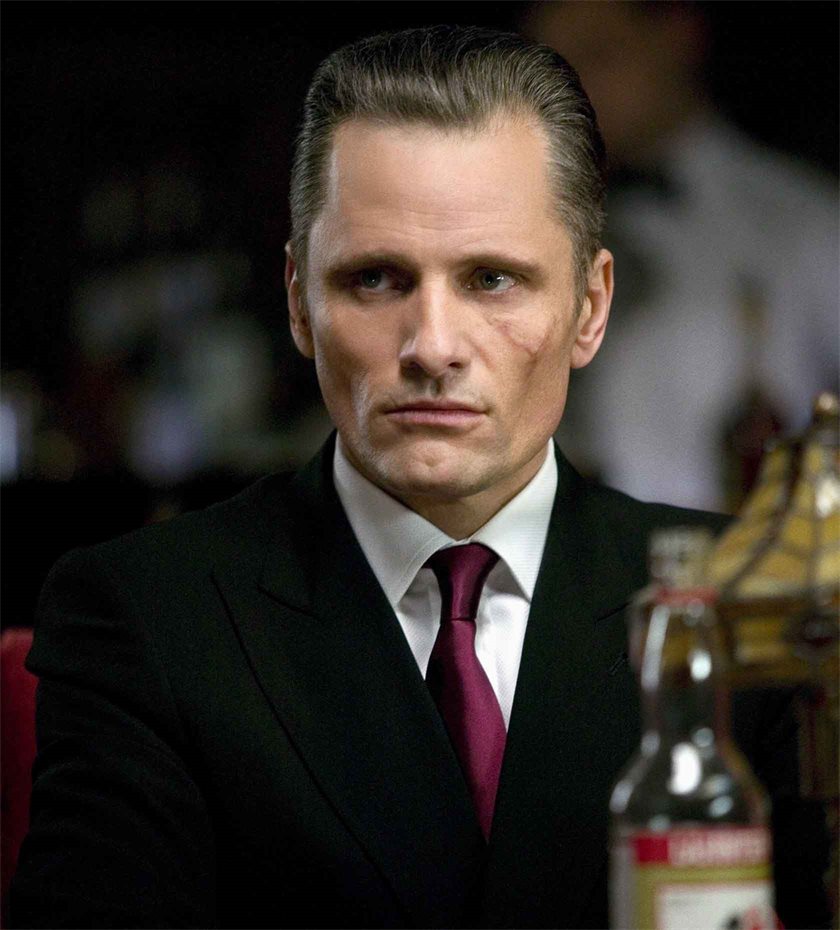
1. Marlon Brando played mafia boss in ‘The Godfather’ (1983).
2. Al Pacino sat new limits to how many murders a single movie can contain.
3. Pulp Fiction is a masterpiece by Quintin Tarantino starring Uma Thurman.
4. Viggo Mortensen stars in Eastern Promises from 2007.
5. Public Enemies is based on the true story about French gangster Jaques Mesrine.
